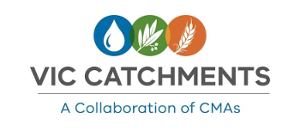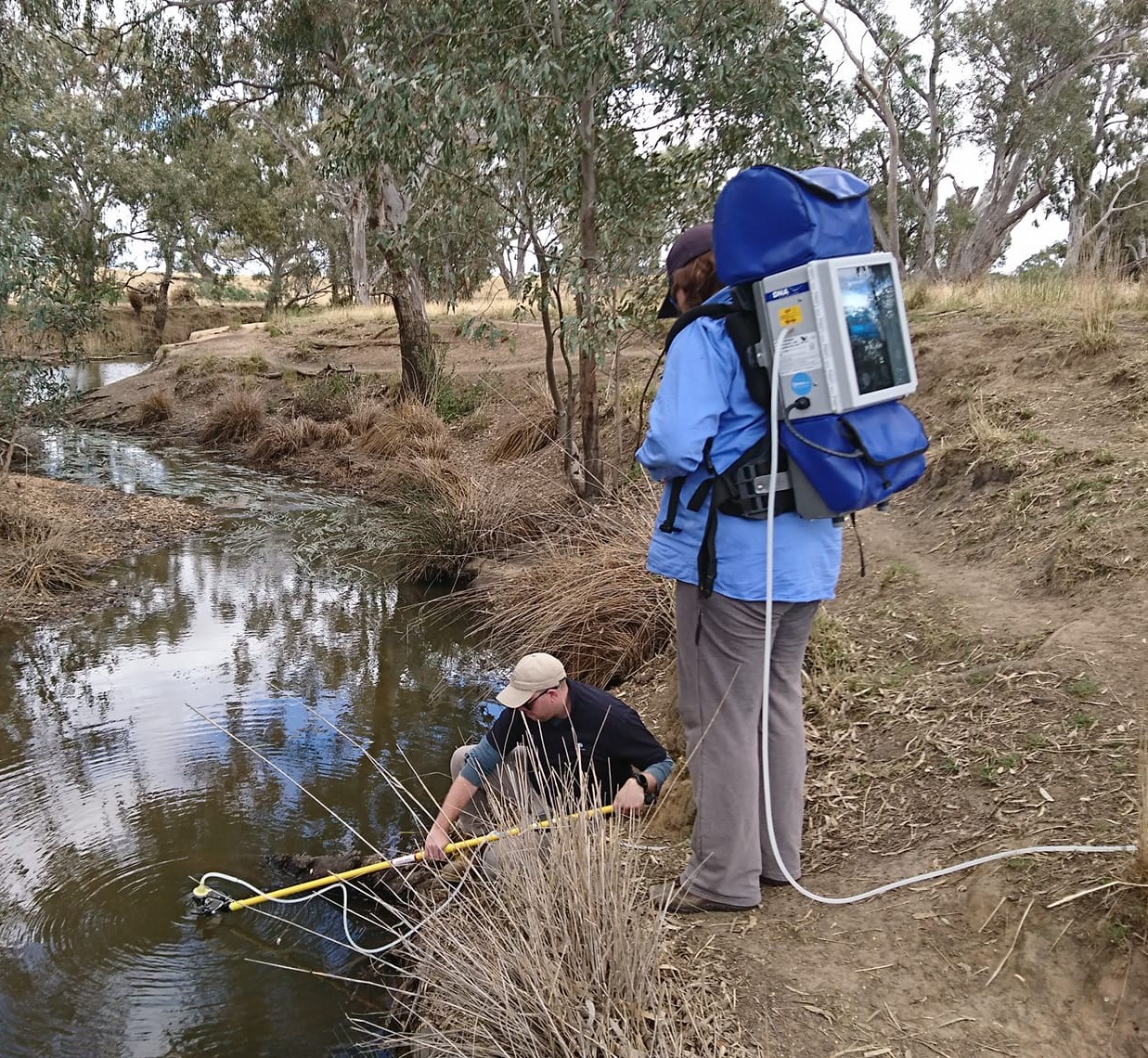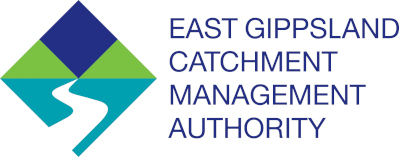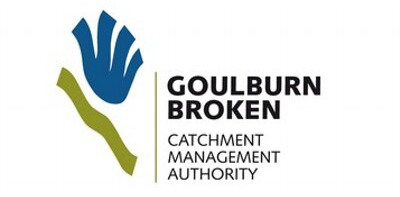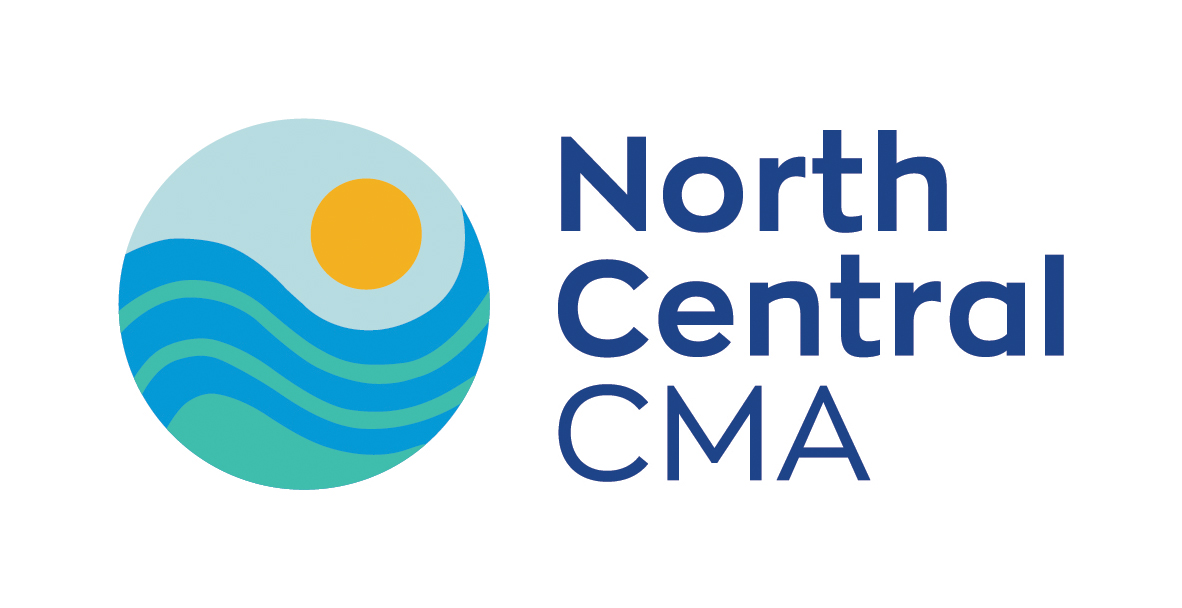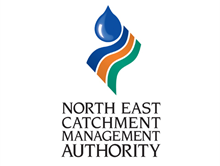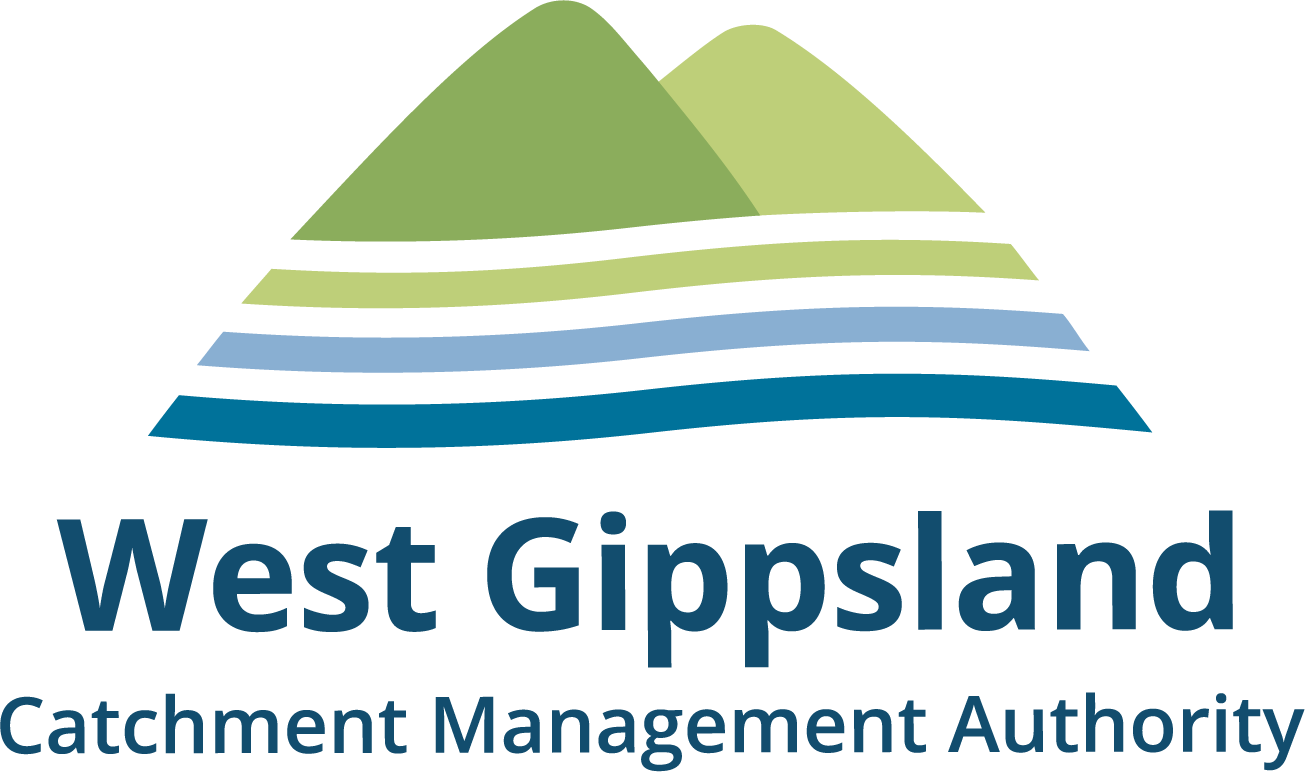Wimmera CMA
Working with the community to deliver a range of services to improve the region’s environment.
The Wimmera region covers approximately 10% of Victoria and is the fifth largest catchment management region in Victoria, encompassing 2.3 million hectares.
Our Future Vision
A healthy Wimmera catchment where a resilient landscape supports a sustainable and profitable community.
2023 – 24 Achievements
- Partnered with Barengi Gadjin Land Council to construct ‘The Ranch Billabong Pipeline’ reconnecting the Ranch Billabong to the Barringgi Gadyin (Wimmera River).
- Wimmera CMA and Victorian Fisheries Authority held the largest Victorian VFA fishing forum in Horsham with around 50 anglers sharing information and improving their knowledge.
- Supported Horsham Rural City Council with their planning scheme amendment which was approved by the Planning Minister. This amendment incorporates six Wimmera CMA flood studies into planning overlays.
